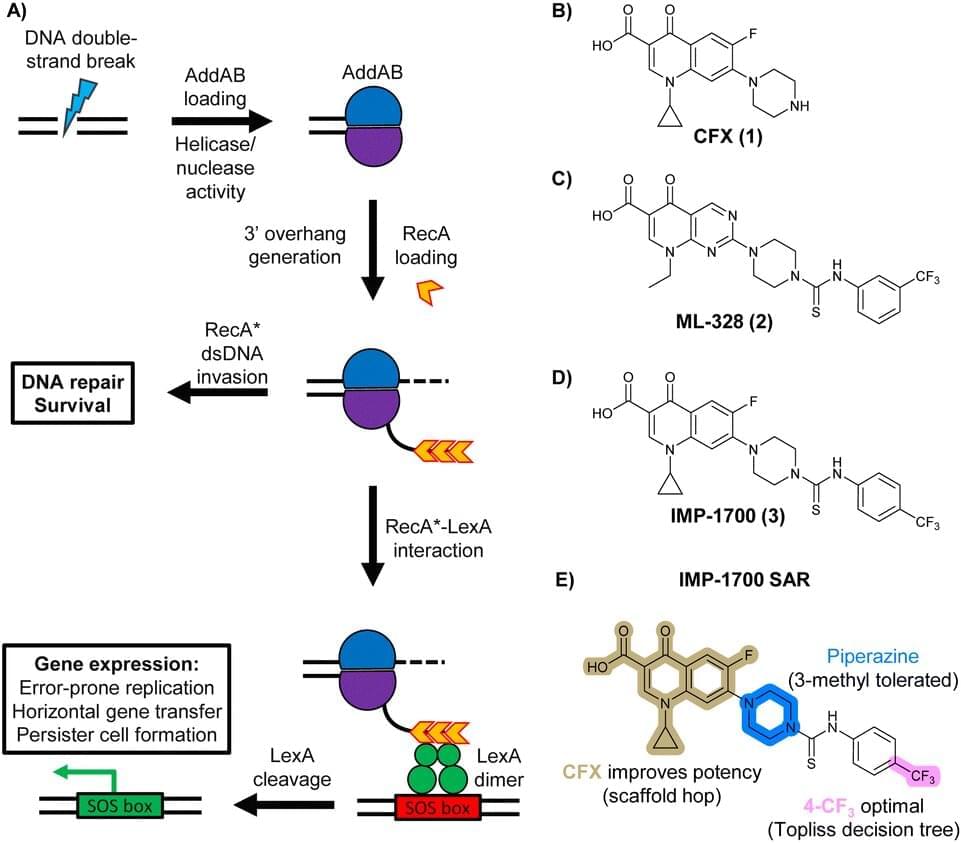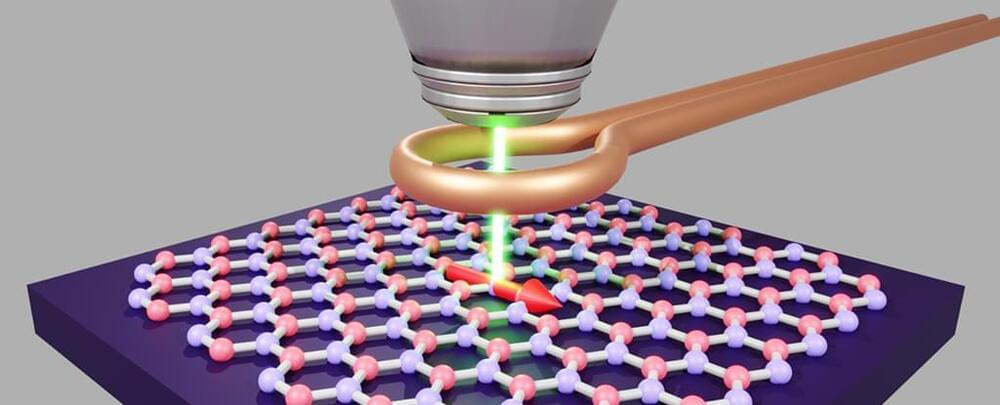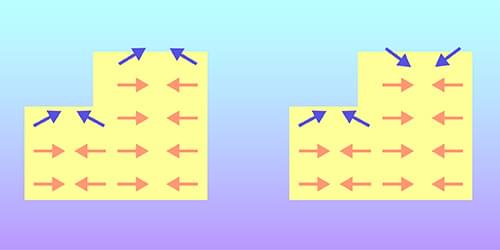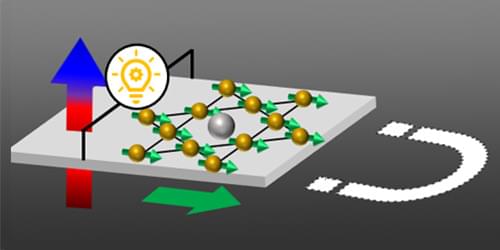The team spent years perfecting an intricate process for manufacturing two-dimensional arrays of atom-sized qubit microchiplets and transferring thousands of them onto a carefully prepared complementary metal-oxide semiconductor (CMOS) chip. This transfer can be performed in a single step.
“We will need a large number of qubits, and great control over them, to really leverage the power of a quantum system and make it useful. We are proposing a brand new architecture and a fabrication technology that can support the scalability requirements of a hardware system for a quantum computer,” says Linsen Li, an electrical engineering and computer science (EECS) graduate student and lead author of a paper on this architecture.









